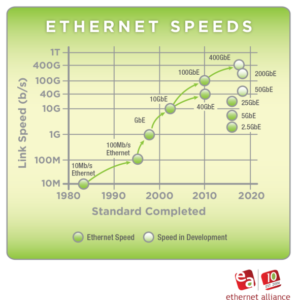Take a Self-Assessment for ICS Cyber Security Risk
Here’s the situation – industrial security is a hot topic today and management has decided to assign you the task to assess and come up with an action plan to protect the company from… well, they didn’t specify.
Perhaps some budget support has been provided for this task and perhaps not. Regardless of budget, it is understood that the priority is to keep production running while you put your plan into action.
Doing Nothing? Not an Option
Try the following industrial security self-assessment as a start for cyber security risk at your organization. While it isn’t for everyone, it’s a great starting point for your business. Taking action here may just help your company avoid some serious security incidents.
- Determine Who Should Help with the Assessment
- Identify the Critical Assets
- Prioritize and List the Largest Risks for Each Asset
- Prioritize the List of Industrial Security Assets
- Determine and Rate Existing Protection Measures
Read Full Article





